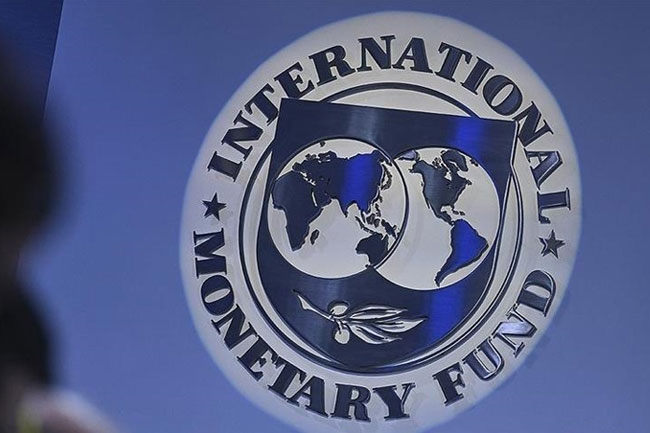The International Monetary Fund (IMF) has urged Sri Lanka to diversify its export markets and foster a more investment-friendly environment, warning that recent tariff changes have introduced uncertainty that complicates economic forecasting.
Speaking during the Regional Economic Outlook – Asia and Pacific session at the 2025 Spring Meetings of the World Bank Group and the IMF on 24 April, Krishna Srinivasan, Director of the IMF’s Asia and Pacific Department, said Sri Lanka’s economic team faced challenges following the abrupt announcement of new tariffs during ongoing discussions with local authorities.
“So, for the team, it became quite difficult to put together a macro framework, which takes into account the tariffs and the implications they have on growth, on exports,” Srinivasan said, highlighting how policy shifts can impact forecasting and programme implementation.
He noted that Sri Lanka’s key industries—particularly the garment sector—stand to be significantly affected by the new tariffs. This, he said, reinforces the need for countries like Sri Lanka to reduce reliance on a narrow set of export destinations and move toward greater regional integration.
“The broader question is…countries need to think in terms of diversification of their export markets. Greater integration within the region can help mitigate the risks posed by tariffs from one country,” he said.
On investment, Srinivasan stressed that Sri Lanka should support domestic economic activity by creating a conducive environment for private sector investment—without relying on tax incentives or undermining fiscal discipline.
“Create the environment for domestic investment to pick up… keep your fiscal consolidation, keep your fiscal integrity intact, but promote investment where private investment can flourish,” he advised.
He acknowledged the progress Sri Lanka has made under the IMF-supported programme, with macroeconomic stability returning, inflation easing, and growth improving. However, he said the country must now pursue broader structural reforms to sustain this recovery and make growth more durable.




